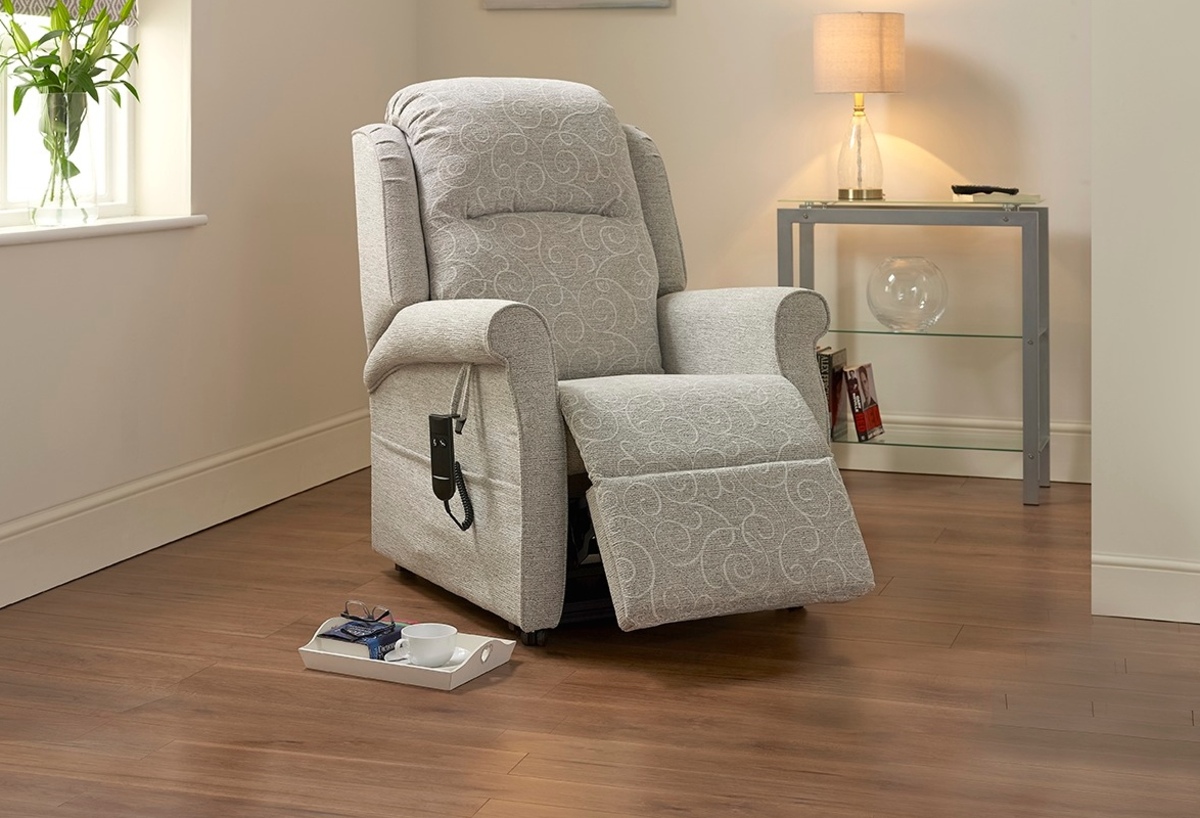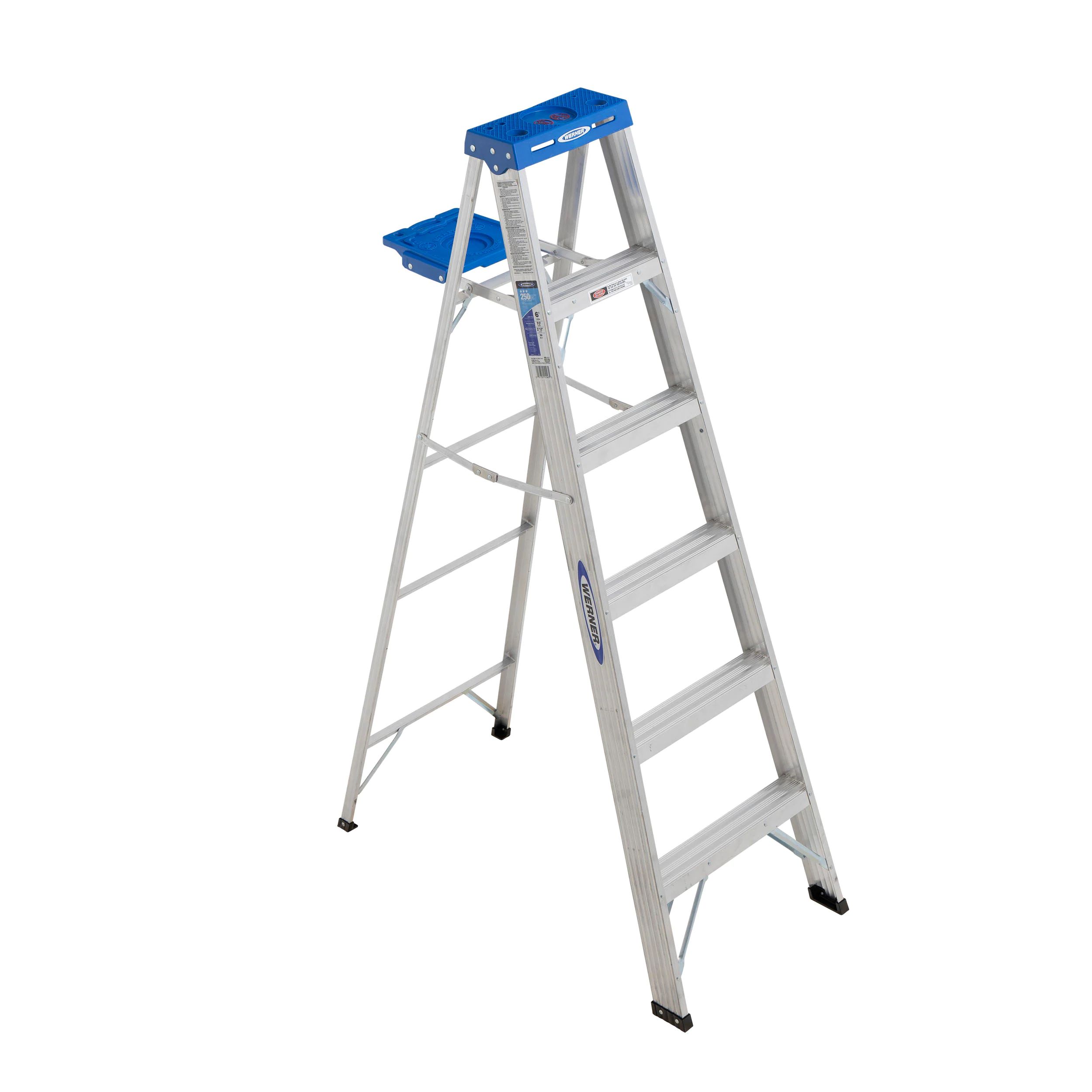Home>Furniture & Design>Living Room Furniture>How Much Does A Recliner Weigh


Living Room Furniture
How Much Does A Recliner Weigh
Modified: October 19, 2024
Discover the weight of recliners for your living room furniture needs. Find out how much living room furniture and design recliners typically weigh.
(Many of the links in this article redirect to a specific reviewed product. Your purchase of these products through affiliate links helps to generate commission for Storables.com, at no extra cost. Learn more)
**
Introduction
**
When it comes to selecting the perfect recliner for your living room, there are numerous factors to consider. One such factor, often overlooked, is the weight of the recliner itself. Understanding the weight of a recliner is crucial, as it impacts not only the ease of transportation and installation but also the overall sturdiness and durability of the furniture piece.
In this comprehensive guide, we will delve into the various aspects of recliner weight, shedding light on the factors that influence it, the average weight of recliners, and the distinctions between lightweight and heavyweight recliners. By the end of this exploration, you will have a clearer understanding of how recliner weight plays a pivotal role in the selection process and how it can align with your specific preferences and needs. So, let's embark on this enlightening journey into the realm of recliner weight.
Key Takeaways:
- Recliner weight impacts comfort and mobility. Lightweight recliners offer easy movement and versatility, while heavyweight recliners provide enduring comfort and advanced features.
- Consider weight, features, and space when choosing a recliner. Lightweight options offer mobility and accessibility, while heavyweight recliners prioritize stability and luxurious comfort.
Read more: How Much Does A Bed Weigh
Factors Affecting Recliner Weight
Several key factors contribute to the overall weight of a recliner. Understanding these factors is essential for making an informed decision when choosing the right recliner for your living room. Let’s explore the primary elements that influence the weight of a recliner:
- Frame Material: The material used for the frame of the recliner significantly impacts its weight. Recliners constructed with heavy-duty materials such as solid wood or metal tend to be heavier than those made from lightweight materials like engineered wood or aluminum. The sturdiness and durability of the frame material play a crucial role in determining the overall weight of the recliner.
- Mechanism and Hardware: The type of reclining mechanism and hardware integrated into the recliner also contribute to its weight. Recliners featuring advanced motorized or power reclining mechanisms often weigh more due to the inclusion of electrical components and reinforced hardware. On the other hand, manual recliners may be relatively lighter, as they rely on simpler mechanical components.
- Padding and Upholstery: The padding and upholstery of a recliner add substantial weight to the furniture piece. Plush cushioning, high-density foam, and premium upholstery materials contribute to a heavier overall weight. Additionally, the use of leather, suede, or other luxurious fabrics can increase the recliner’s mass compared to those with lighter, more breathable upholstery options.
- Additional Features: Recliners equipped with extra features such as built-in massage functions, heating elements, cup holders, and storage compartments tend to be heavier due to the incorporation of specialized components and structural enhancements to accommodate these amenities.
By considering these factors, you can gain valuable insights into the varying weights of recliners and how different design elements and functionalities impact the overall mass of the furniture piece. As we continue our exploration, we will delve into the average weight of recliners and the distinctions between lightweight and heavyweight variations, providing you with a comprehensive understanding of the recliner weight landscape.
Average Weight of Recliners
Recliners come in a wide range of weights, influenced by the factors we’ve previously explored. Understanding the average weight of recliners can help you gauge the level of portability and sturdiness you desire for your living room furniture. Here’s a breakdown of the typical weights you can expect when shopping for recliners:
- Standard Recliners: On average, a standard-sized recliner, without additional features or oversized dimensions, weighs between 85 to 100 pounds. These recliners often feature a manual reclining mechanism and are constructed with a sturdy yet manageable weight for transportation and placement within the home.
- Oversized Recliners: For those seeking extra room and comfort, oversized or extra-large recliners are a popular choice. These larger recliners typically weigh between 100 to 140 pounds, with some high-capacity models reaching up to 180 pounds. The added weight is attributed to the expanded dimensions, reinforced frame, and enhanced cushioning to accommodate a broader seating area.
- Wall-Hugger Recliners: Wall-hugger or space-saving recliners are designed to maximize floor space by reclining within close proximity to the wall. These recliners generally weigh between 75 to 100 pounds, as they prioritize a compact yet sturdy build to support their innovative functionality without sacrificing comfort.
It’s important to note that these weight ranges are approximate and may vary based on the specific design, materials, and features of individual recliner models. When considering the average weight of recliners, it’s also essential to factor in your personal preferences and any mobility limitations that may influence your decision.
As we venture further, we will explore the distinctions between lightweight and heavyweight recliners, providing insights into the unique characteristics and considerations associated with each category. Understanding these distinctions will empower you to make an informed choice that aligns with your lifestyle and design aspirations.
When considering the weight of a recliner, it’s important to check the product specifications provided by the manufacturer. Typically, a standard-sized recliner can weigh anywhere from 60 to 100 pounds, while larger or more luxurious models may weigh even more.
Lightweight Recliners
Lightweight recliners offer a host of benefits, making them an appealing choice for various living spaces. Whether you prioritize ease of transportation, versatility, or a more effortless setup process, lightweight recliners present a compelling option. Here are the defining characteristics and advantages of lightweight recliners:
- Portability: Weighing between 50 to 75 pounds on average, lightweight recliners are notably easier to move and reposition within your home. Whether you’re rearranging your living room layout or relocating to a new residence, the reduced weight of these recliners facilitates seamless mobility, allowing you to adapt your space with minimal effort.
- Versatility: Lightweight recliners are versatile in their placement, offering the flexibility to be used in various rooms or settings. Their manageable weight makes them suitable for spaces beyond the living room, such as bedrooms, home offices, or even outdoor patios, providing comfort and relaxation wherever you desire.
- Easy Assembly: When it comes to assembly and setup, lightweight recliners are more straightforward to handle. Their reduced weight simplifies the installation process, enabling individuals to maneuver and position the recliner with greater ease, especially when navigating through doorways and tight spaces.
- Accessible for All Ages: The lighter weight of these recliners makes them accessible to individuals of all ages, including seniors and young adults, who may require a more manageable furniture piece. This accessibility enhances the inclusivity of the recliner, ensuring that everyone can enjoy its comfort without struggling with its weight.
While lightweight recliners offer exceptional convenience and flexibility, it’s important to consider that their reduced weight may be accompanied by trade-offs in terms of robustness and certain features. Understanding the balance between weight and structural integrity will guide you in determining whether a lightweight recliner aligns with your specific needs and preferences.
As we delve deeper, we will explore the realm of heavyweight recliners, shedding light on their distinctive attributes and the considerations that come into play when opting for a sturdier and more substantial reclining experience. By gaining insights into both lightweight and heavyweight recliners, you will be well-equipped to make an informed decision that harmonizes with your lifestyle and design aspirations.
Heavyweight Recliners
For those seeking unparalleled sturdiness, durability, and a substantial seating experience, heavyweight recliners stand as a testament to robust comfort and enduring quality. These recliners, weighing between 100 to 150 pounds on average, offer a range of distinctive features and benefits that cater to specific preferences and lifestyle considerations. Here’s a closer look at the characteristics and advantages of heavyweight recliners:
- Enhanced Stability: The substantial weight of heavyweight recliners contributes to their enhanced stability and resistance to shifting or movement during use. This solidity fosters a sense of security and reliability, especially for individuals who prioritize a steadfast and unwavering seating arrangement.
- Luxurious Comfort: Heavyweight recliners often boast generous padding, high-density cushioning, and premium upholstery materials, delivering a luxurious seating experience that exudes opulence and comfort. The added weight allows for ample reinforcement and support, ensuring a plush and indulgent feel with every use.
- Advanced Features: Many heavyweight recliners are equipped with advanced features such as power reclining mechanisms, massage functions, heating elements, and integrated storage solutions. The robust build of these recliners accommodates the integration of sophisticated amenities, elevating the overall relaxation and convenience they provide.
- Long-Term Investment: Due to their sturdy construction and durable materials, heavyweight recliners are often viewed as long-term investments, offering prolonged reliability and enduring appeal. The substantial weight reflects the robust craftsmanship and structural integrity that contribute to the recliner’s longevity.
While heavyweight recliners offer a host of advantages in terms of comfort and durability, it’s important to consider the potential challenges associated with their weight, particularly in terms of transportation and maneuverability. Assessing your specific needs and the layout of your living space will guide you in determining whether a heavyweight recliner aligns with your preferences and complements your interior design vision.
By exploring the distinctions between lightweight and heavyweight recliners, you gain valuable insights into the diverse options available, empowering you to make an informed decision that harmonizes with your lifestyle, comfort requirements, and aesthetic aspirations. As we conclude our exploration, you will have a comprehensive understanding of recliner weight considerations, equipping you to select the perfect recliner that seamlessly integrates into your living room while fulfilling your desired level of comfort and functionality.
Read more: How Much Does A Dryer Weigh
Conclusion
As we conclude our insightful journey into the realm of recliner weight, it becomes evident that the weight of a recliner plays a pivotal role in shaping the overall comfort, functionality, and adaptability of this essential piece of living room furniture. By understanding the factors influencing recliner weight, the average weights across different categories, and the unique characteristics of lightweight and heavyweight recliners, you are better equipped to make an informed decision that aligns with your lifestyle and design preferences.
When selecting a recliner, it’s essential to strike a balance between weight and the desired features, ensuring that the chosen recliner complements your living space and fulfills your comfort needs. Lightweight recliners offer exceptional portability, versatility, and accessibility, making them ideal for those seeking effortless mobility and adaptability within their home. On the other hand, heavyweight recliners epitomize enduring quality, luxurious comfort, and advanced features, catering to individuals who prioritize steadfast stability and indulgent relaxation.
By considering the unique advantages and potential trade-offs associated with both lightweight and heavyweight recliners, you can make a well-informed decision that harmonizes with your specific requirements. Whether you opt for a lightweight recliner for its ease of movement and versatile placement, or a heavyweight recliner for its robust comfort and enduring appeal, your choice will reflect your individual preferences and lifestyle considerations.
As you embark on the journey of selecting the perfect recliner for your living room, may this comprehensive guide serve as a valuable resource, empowering you to navigate the diverse landscape of recliner weight with confidence and clarity. With a deeper understanding of the impact of recliner weight on comfort, stability, and functionality, you are well-prepared to elevate your living space with a recliner that not only complements your interior design but also enriches your daily relaxation and leisure experiences.
Embrace the journey of recliner selection, and may your chosen recliner become a cherished centerpiece that embodies both comfort and style within your living room, creating a haven of relaxation and tranquility for you and your loved ones.
Frequently Asked Questions about How Much Does A Recliner Weigh
Was this page helpful?
At Storables.com, we guarantee accurate and reliable information. Our content, validated by Expert Board Contributors, is crafted following stringent Editorial Policies. We're committed to providing you with well-researched, expert-backed insights for all your informational needs.















0 thoughts on “How Much Does A Recliner Weigh”